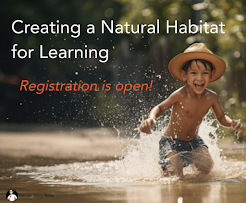Tuesday, April 16, 2024
Monday, April 15, 2024
Play Fighting
Labels:
community,
conflict,
development,
emotions,
large motor,
parenting,
rules,
science,
teaching,
Woodland Park
Friday, April 12, 2024
Thursday, April 11, 2024
Wednesday, April 10, 2024
Tuesday, April 09, 2024
Monday, April 08, 2024
Subscribe to:
Posts (Atom)





